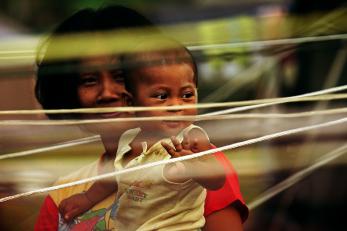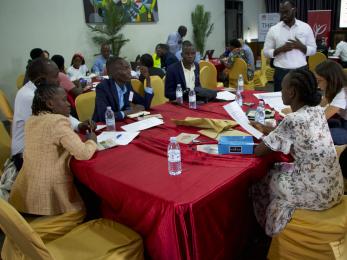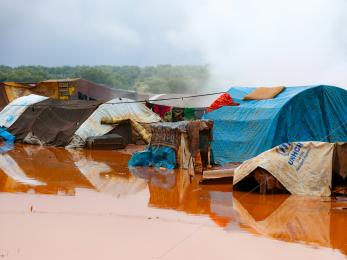The Use of Financial Products in Mitigating Natural Disaster Risk

Download the brief ▸
Download the full report ▸
Globally, the frequency of natural disasters has steadily increased in recent decades, particularly the devastating storms and floods that many associate with climate change. Asia and the Pacific have borne the brunt of this alarming trend: natural disasters are now four times more likely to affect people in the region than those in Africa, and 25 times more likely than those in Europe. Natural disasters caused around $45 billion worth of damage in Asia and the Pacific in 2015 alone, affecting more than 59 million people, and financial losses from natural disasters continue to increase, with low-income populations feeling the greatest impact.
A comprehensive disaster risk financing and insurance strategy can increase the resilience of vulnerable communities against the financial impact of disasters. However, while there is a growing body of literature on the importance of financial research to understand what influences the uptake and use of products for disaster risk mitigation that could help inform the design and reach of these products has been limited.
To fill this gap and investigate the role of financial products in building household resilience to natural disasters, Mercy Corps commissioned a quantitative household survey in Yogyakarta and West Sumatra, two disaster-prone regions in Indonesia. The study examines levels of actual and perceived vulnerability to natural disasters, how this links to the demand for and use of financial products for coping and recovery and offers useful recommendations for practitioners, donors and policy makers.

